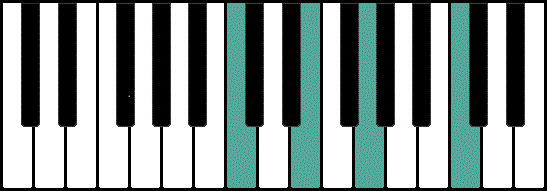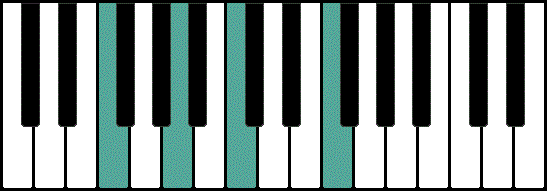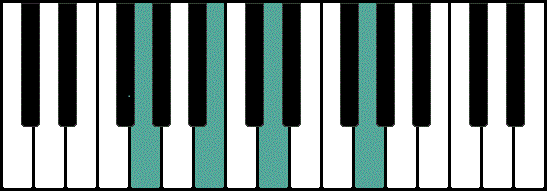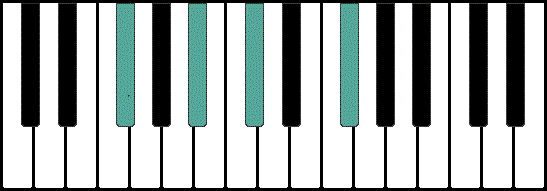Piano Major Arpeggios
piano
major
arpeggios
ABRSM arpeggios
grade 1 piano-arpeggios
grade 2 piano-arpeggios
grade 3 piano-arpeggios
arpeggios fingering
arpeggios notes
arpeggios structure
free piano-arpeggios
piano-arpeggios chart
arpeggios for beginners
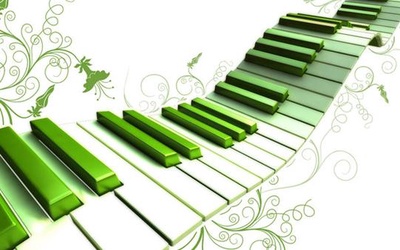
The word arpeggio comes from the Italian word arpeggiare, which means to play on a harp.
An arpeggio consists of a chord notes played one after the other, not at the same time how are the block chords notes played. Even though the notes of an arpeggio are not played or sung all together at the same time, listeners hear the sequence of notes as forming a chord.
An arpeggio may also span one or more octaves. It can be played all over the keyboard.
We can say that an arpeggio is a type of broken chord, in which the notes that compose the chord are played or sung in an ascending or descending order.
Arpeggios are used for melody lines and solos as also for the accompaniment for melodic lines.
C Major
Notes: C, E, G, C.
R.H. fingering: 1, 2, 3, 5(1).
L.H. fingering: 5, 4/3, 2, 1.
D Major
Notes: D, F#, A, D.
R.H. fingering: 1, 2, 3, 5(1).
L.H. fingering: 5, 4/3, 2, 1.
E Major
Notes: E, G#, B, E,
R.H. fingering: 1, 2, 3, 5(1).
L.H. fingering: 5, 4/3, 2, 1.
F Major
Notes: F, A, C, F
R.H. fingering: 1, 2, 3, 5(1).
L.H. fingering: 5, 4/3, 2, 1.
G Major
Notes: G, B, D, G.
R.H. fingering: 1, 2, 3, 5(1).
L.H. fingering: 5, 4/3, 2, 1.
A Major
Notes: A, C#, E, A.
R.H. fingering: 1, 2, 3, 5(1).
L.H. fingering: 5, 4/3, 2, 1.
B Major
Notes: B, D#, F#, B.
R.H. fingering: 1, 2, 3, 5(1).
L.H. fingering: 5, 4/3, 2, 1.
C# / Db Major *
Notes: Db, F, Ab, Db.
R.H. fingering: 2, 1, 2, 4.
L.H. fingering: 2, 1, 4, 2.
D# / Eb Major *
Notes: Eb, G, Bb, Eb.
R.H. fingering: 2, 1, 2, 4.
L.H. fingering: 3, 1, 4, 2.
F# / Gb Major *
Notes: F#, A#, C#. F#,
R.H. fingering: 1, 2, 3, 5(1).
L.H. fingering: 5, 3, 2, 1.
G# /Ab Major *
Notes: Ab, C, Eb, Ab.
R.H. fingering: 2, 1, 2, 4.
L.H. fingering: 3, 1, 4, 2.
A#/ Bb Major *
Notes: Bb, D, F, Bb
R.H. fingering: 2, 1, 4, 2.
L.H. fingering: 3, 2, 1, 3.
* These two arpeggios are enharmonically equivalent to one another. That's mean that the sounds who buil them up are identical in sound/pitch, but have a different spelling.
Double-flats and double-sharps are often used as accidentals but placing them in the key signature makes the music generally very hard to read. The Scales who use double-flats in key signature (D# Major, G# Major, A# Major) are just Theoretical Scales.
